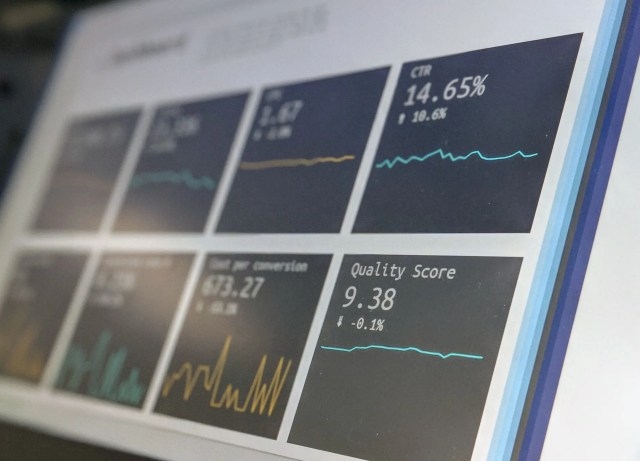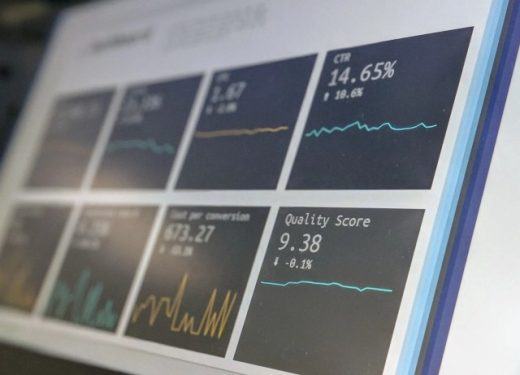3 Phase Approach to Evaluate Performance Marketing Initiatives
3 Phase Approach to Evaluate Performance Marketing Initiatives

What gets measured, gets managed. The success of your performance marketing initiatives depends on what you measure.
It is human and organizational nature to manage whatever is measured, and continuous improvement of your performance marketing initiatives depends on effective management. This blog outlines the three phases to effectively measure and evaluate their marketing initiatives.
But before we dive into the three-phase approach, its essential to ensure that the metrics you choose meet the criteria for a good KPI. How do you do that? By evaluating your measures against the following qualifiers.
• Can it be represented by a numeric value easily?
• Are you able to drive change by using it?
• Does it align with overall strategy and business goals?
• It is simple to define and explain?
• Can you measure it in a timely and accurate fashion?
• Does it align with a broader range of perspectives like financial, customer, operational and more?
• Will it be relevant in the future?
Phase 1: Define KPIs
With an understand of what makes a good KPI, let’s look at defining your marketing KPI. In the context of performance marketing, all roads lead to revenue generation.
Step 1: Align with the business standard measures to quantify revenue generated
Start by asking yourself how your organization quantifies revenue. Does it monitor Annual Recurring Revenue (ARR), Monthly Recurring Revenue (MRR), or Average Sale Price? That gives you the point view from the organization’s financial perspective. From a customer perspective, Customer Lifetime Value (CLV) adds a unique point of view by attributing a standard measure for the revenue generated from each customer.
Step 2: Identify the strategy you plan to implement to meet revenue goals
The performance marketing methodology is built with the sole purpose of maximizing ROl. In other words, you want to make every marketing dollar spent count for something. It also presents us with a handful of effective strategies that can be tailored and scaled to meet your organization’s unique needs.
Steps 1 & 2 together help qualify the two measures that together serve as the north star for all marketing initiatives:
• Representation of revenue generated (the what)
• Maximizing ROI (the how).
Step 3: Formalize KPIs
To ensure that all your efforts are aligned towards maximizing ROI you need to define KPIs that will enable progress tracking. The metrics that we’ve found most effective are Customer Acquisition Cost (CAC), Lead to Customer Conversion Rate, and Return-On-Ad-Spend. (ROAS)
CAC represents the marketing dollars spent to acquire a customer i.e., someone who has brought your product or service, not someone marketing or sales has marked as qualified.
Lead to customer conversion rate represents the percentage of qualified leads that become customers.
Return-On-Ad-Spend represents how much revenue is generated for every dollar spent on advertising campaigns.
Why do these metrics serve as great KPIs? One, they quantify the qualifiers you developed in Step 1 and 2. Two, because they tell the complete picture of the efforts you’ve taken and outcomes they’ve generated.
Phase 2: Identify your supporting KPIs
The KPIs you’ve defined are great for quick and effective monitoring and reporting. They will show you when the actual results don’t line up with your projections, but they can’t show you why. You need metrics that will support a more detailed analysis; these are your supporting KPIs. The below list of metrics enables just that. After all, the devil is in the details
• Clickthrough Rate (CTR)
• Cost Per Conversion (CPC)
• Cost Per Lead (CPL)
• Total Marketing Qualified Leads
• Total Sales Qualified Leads
• Website visitors (unique and returning)
• Conversion rate
• Session duration
• Engagement rate (if you’ve migrated to GA 4)
• Keyword rankings
• Branded keywords
• Brand sentiment
• Share of voice
• Email metrics like Open Rate, Hard & soft bounces (email deliverability), CTR, Unsubscribe Rate
If you’ve ignored any of metrics after the first five on this list because you consider them vanity metrics, you’re shooting yourself in the foot and then wondering why you aren’t running as fast as you did before.
One of the most effective strategies to maximize ROI is leveraging the combined effect of inbound and performance marketing; and these metrics are crucial to improving your inbound efforts.
P. S. If you want to learn more about how leveraging inbound & performance marketing can maximize ROI, our previous blog in this serious has the answers. Click here & read more: Leverage the Synergy Between Inbound & Performance Marketing.
Phase 3: Evaluate your performance
The only way to find if you’ve maximized your ROI is to calculate it.
You can do that by multiplying the number of leads, lead to customer rate, and average sale price/CLV; subtracting spend from it; dividing that value by spend; and, finally multiplying that by 100.
ROI = [(No. of Leads X Lead to Customer Rate X Average Sale Price or CLV) – Marketing Spend] / Marketing Spend X 100
The value from this period compared against the previous period will indicate performance. This mathematical formula, in single view, highlights the importance of aligning with business standard measures (Phase 1, Step 1). Without this alignment, representing marketing’s in quantifiable measures would prove very challenging.
Closing Thoughts
Phase 3 provides your leadership with the data they need to monitor business growth holistically. Phase 2 helps you and your team build experiments that empower continuous improvement.
Now that you know what to measure, you have a strong foundation to enable data visualization solutions that democratizes your data, making it accessible and actionable for every member of your team. The more they are empowered by data, the more efficient your planning for improvements will be. And, is the secret to maximizing ROI, consistently and exponentially.
About the Author: Andrew Marsh
Andrew is an Account Manager with Search Engine People. He is passionate about digital marketing and traditional marketing (but to a lesser extent of course).
The post 3 Phase Approach to Evaluate Performance Marketing Initiatives appeared first on Search Engine People Blog.
(9)


